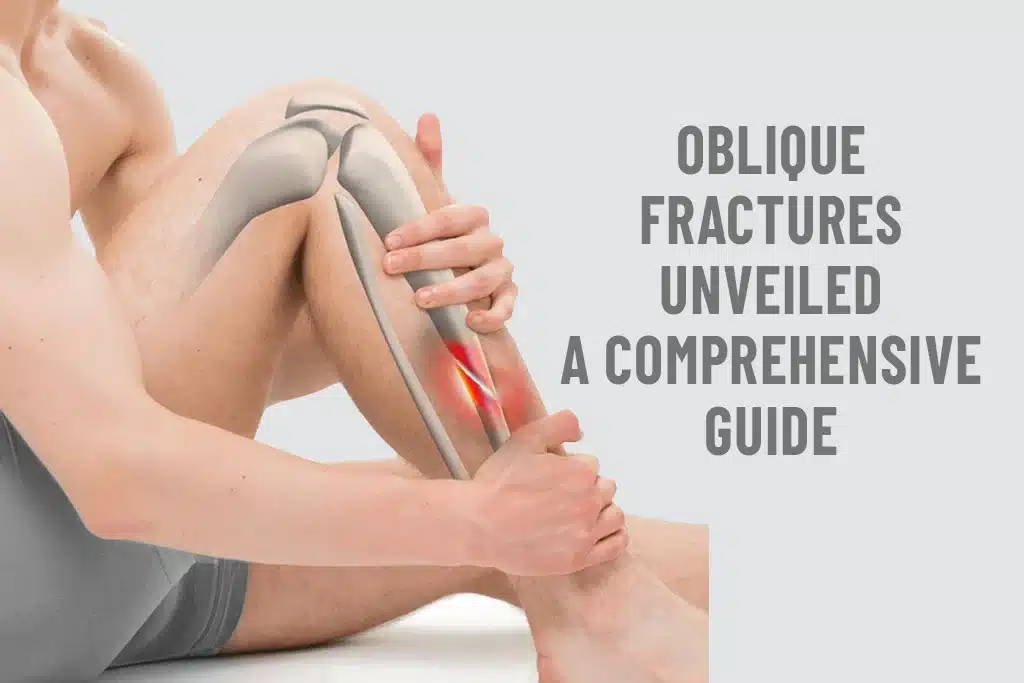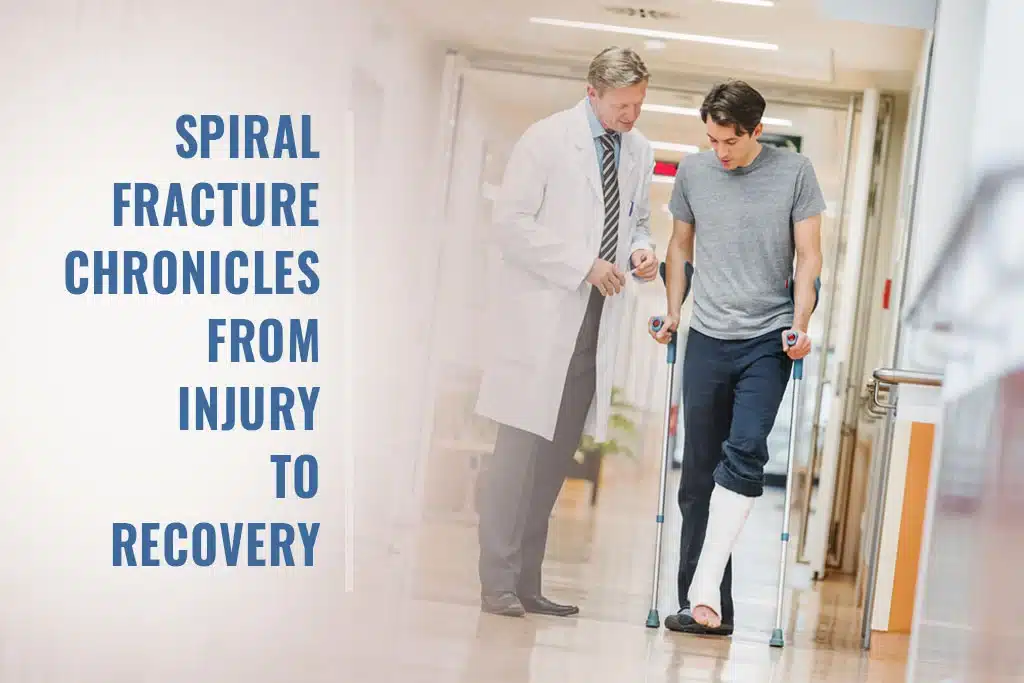Playgrounds are wonderful places for children to have fun, exercise, and socialize. However, they can also pose potential risks and hazards that may lead to injuries. As a responsible parent or caregiver, it is crucial to ensure playground safety to protect children from accidents and mishaps. In this article, we will explore essential tips for preventing playground injuries and ensuring that children can play safely.
Supervision is Key
One of the most important factors in preventing playground injuries is proper supervision. Always keep a watchful eye on children while they play. Vigilance ensures that you can quickly respond to any potential danger or unsafe behavior.
Age-Appropriate Playgrounds
Ensure that the playground equipment is age-appropriate for the children using it. Playgrounds are typically designed with specific age groups in mind, as younger children may not have the coordination or strength for equipment intended for older kids. Follow the age recommendations for each playground structure to reduce the risk of injuries.
Proper Playground Surface
The playground surface plays a critical role in preventing injuries from falls. Choose playgrounds with surfaces made of materials like rubber, sand, or wood chips. These materials provide cushioning and reduce the impact of falls, lowering the risk of severe injuries.
Regular Equipment Maintenance
Regularly inspect the playground equipment for any signs of wear, damage, or rust. Broken or damaged equipment can be hazardous and may cause accidents. Promptly report any issues to the appropriate authorities to ensure quick repairs.
Sun Protection
On sunny days, ensure that children are protected from harmful UV rays. Provide shade over the playground area and encourage children to wear sunscreen, sunglasses, and hats to safeguard their skin from the sun.
Teach Playground Safety Rules
Educate children about playground safety rules. Teach them to avoid pushing, shoving, or engaging in reckless behavior. Show them how to use the equipment properly and discourage dangerous activities.
Dress Appropriately
Dressing appropriately for the playground can help prevent injuries. Remove any items that could become entangled in equipment, such as scarves or necklaces. Also, ensure children wear closed-toe shoes with good traction.
Hydration
Encourage children to stay hydrated, especially during hot weather or intense physical activity. Dehydration can lead to dizziness and diminished coordination, increasing the risk of accidents.
Rest Periods
Advise children to take periodic breaks during playtime. Fatigue can lead to poor judgment and increased clumsiness, making them more susceptible to injuries.
Encourage Communication
Encourage children to communicate with each other while playing. Good communication can help prevent accidental collisions or other mishaps.First Aid Preparedness
Make sure there is a well-stocked first aid kit near the playground. In case of minor injuries, immediate attention can prevent complications and aid in quick recovery.
Address Bullying and Conflict
Prevent playground injuries related to bullying or conflicts by fostering a supportive and respectful environment. Teach children the importance of kindness and understanding, promoting positive interactions.
Regular Safety Inspections
Conduct regular safety inspections of the playground and its equipment. Engage the community in identifying potential hazards and addressing them promptly.
Be a Role Model
As a caregiver or parent, be a role model for playground safety. Demonstrate the proper way to use equipment and follow safety guidelines.
Communicate with Caregivers
If your child sustains an injury while at the playground, inform their caregivers immediately. Ensure they receive appropriate medical attention, especially if the injury appears serious.
Conclusion
By implementing these tips, you can significantly reduce the risk of playground injuries and create a safe environment for children to play and explore. Remember that proper supervision, age-appropriate equipment, and regular maintenance are the cornerstones of playground safety. Let’s work together to ensure that every child’s playtime is both enjoyable and secure.
FAQs (Frequently Asked Questions)
How can I tell if a playground is age-appropriate for my child?
: Check for signs indicating the recommended age group for the playground equipment. Additionally, observe the size and complexity of the structures to assess if they match your child’s abilities.
What should I do if I notice damaged equipment on a playground?
Report any damaged or broken equipment to the appropriate authorities or property management. Avoid using the playground until repairs are made.
Can I bring my own first aid kit to the playground?
While it’s a good idea to have a personal first aid kit, most public playgrounds should already have one available. However, it never hurts to be prepared and carry a small kit with you, just in case.
Is it safe to let children play unsupervised on a playground?
It’s always best to supervise children while they play on a playground, especially younger kids. Supervision allows you to respond quickly in case of an emergency.
What can I do if my child is afraid of using certain playground equipment?
Encourage your child to take it slow and try the equipment at their own pace. Offer support and guidance, and if they still feel uncomfortable, respect their feelings and find alternative activities that they enjoy.






